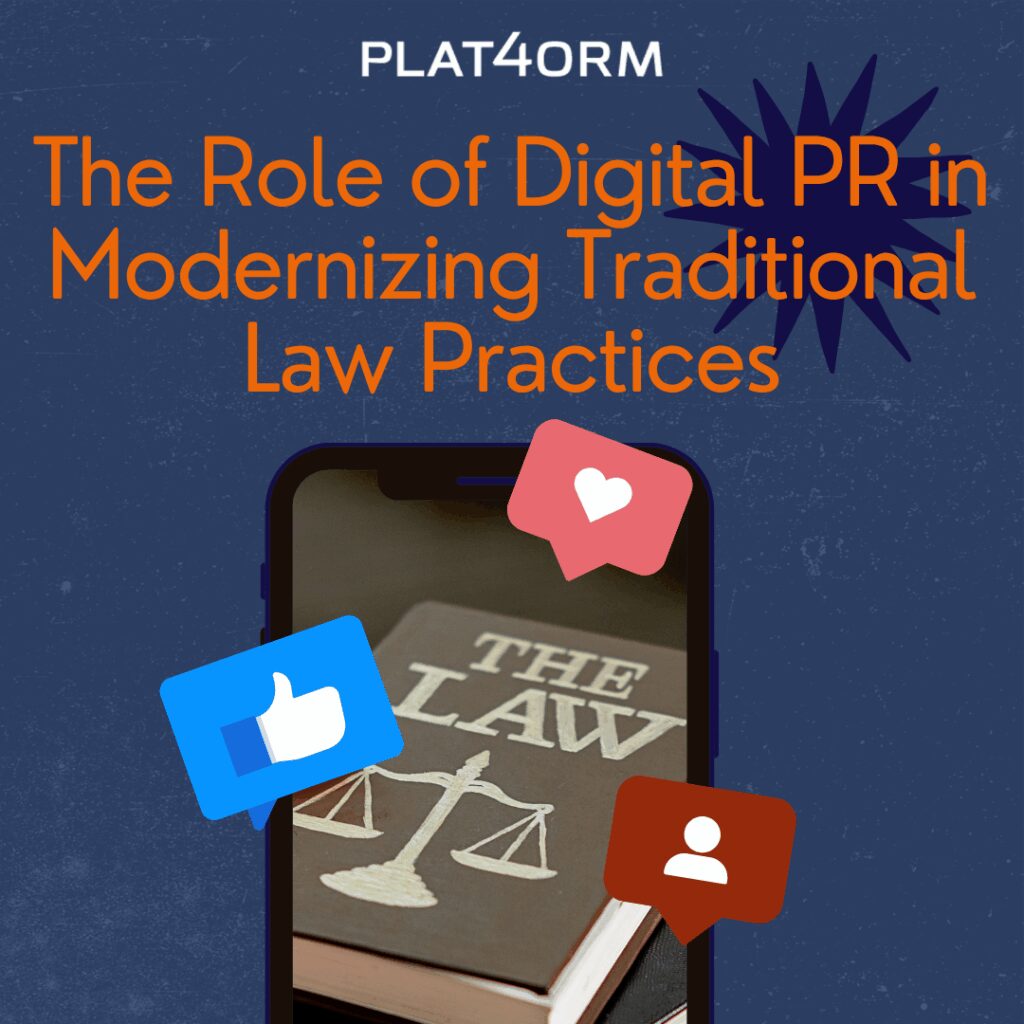
As a company evolves, it often becomes clear there’s an opportunity to target new audiences for your product or service – maybe you’ve developed a product specifically for attorneys practicing at law firms, but now want to adapt that same technology to fintech, insurance or even real estate markets. The urge to rely on “repurposing” existing messaging with a few tweaks here and there can be strong – but when it comes to marketing, one size does not fit all.
There are some basics you need to consider when building your marketing plan, like knowing who your audience is and how to best convey messages that resonate with that targeted group. But that’s just the start. You also need to find ways to actually reach your desired market.
Take the Swedish beverage company Oatly. It wanted to break into the American market in 2016 but wasn’t as widely known in the U.S. as it was in Europe and Asia. To gain consumer trust, Oatly’s U.S. general manager hit up independent, gourmet coffee shops across the country and persuaded baristas to try the rich, plant-based milk as a healthier dairy alternative in their own coffee drinks. Once convinced, he hired them to share samples with other baristas and then with their customers. The organic, experiential outreach worked like a charm. Health-conscious consumers loved the oat milk and it quickly became a staple for millions of Americans in just a few years, with worldwide sales expected to reach $7.6 billion by 2028.
What the Oatly rep did was build mindshare among his audience; he took a measured, strategic approach to make sure his messaging connected with the market he wanted to engage.
Do the Right Thing
As you grow your business and look to pivot into a new market, identifying your customers is only part of the battle. You also need to translate your value proposition for a new audience. This is a challenge, even when a product’s value is clear. Building a thoughtful go-to-market strategy in an arena where you have little to no experience, let alone brand recognition, is almost always an uphill battle. But the battle can be won by applying the right strategies and building relevant partnerships with trusted advisors:
- Draw on your previous experience. Many successful tech entrepreneurs use their experience in one area as a springboard into a similar niche. They can empathize with their potential buyers and understand what resonates with their intended audiences. For example, former litigators who’ve worked at law firms or corporate legal departments know well the technology problems attorneys face – and some have used that knowledge to develop solutions and build companies to address those issues. Others note that their existing product can address similar matters in completely different industries, and successfully make the leap into that new industry as well.
- Look for ways to reimagine your product or service. If your product or service translates into another area, research any barriers to entry. Is the market ready for your product or service? Is investing in this market worth the risk? What are your goals? What’s the appropriate funding level to get started and to sustain your business for a set amount of time? What do you need to grow? Do you want to immediately generate revenue, or are you interested in funding? What’s the regulatory environment?
- Examine your potential competitors. You can use these companies as a benchmark and measure customer viability, your scalability and even potential market volatility. Check for potential corporate pitfalls and infrastructure issues. Identify the market’s key customers and talk to them to understand their pain points – and then figure out the improved solutions your product or service can offer.
- Test the new market. To understand how your product might perform, beta-test your product viability. Consider using focus groups or A/B testing. Use monitoring tools and a dashboard to track your results. If user interface is part of your product, test it on real users for features and functionality. Consider your branding, audience and pricing. Figure out what key performance indicators (KPIs) best measure how your product or service fits in as you roll out new market penetration programs.
- Find the right advisors. You need people who already understand your market to provide not just good counsel but also help you establish trust with your new customers. If you realize your legal tech company can also provide a fintech solution, you’ll need input from people with financial industry experience to help guide you – as well as vouch for you. A good advisor – such as Plat4orm – can help build connections between a company/brand and customers. Trusted partners and advisors can also help you navigate the different culture, demands, demographics and vertical(s) in a new market.
Adjust Your Speed
When you first decide you want to expand into a new market, it’s crucial to plan carefully. Be deliberate and take the time needed to make sure your questions get good answers. Get to know your audience. Move slowly when it comes to your decisions; envision and then carefully examine all possible outcomes, and then do it again. Gather as much data as you can, and then use it to build both short- and long-term plans for your business.
Once you have your plan in place, however, it’s important to move quickly when putting it into action. You don’t want your new audience to see you hesitate and question your ability, and you don’t want to give your competitors the opportunity to bring their product to market before you. Decisiveness and confidence are key factors in building mindshare and customer trust.
Finally, to make sure you stay confident, enlist the right support. Whether you’re breaking into a completely new market, branching out your service line or ramping up production, you’ll need a trusted partner who can provide innovative marketing and communications strategies backed by time-tested best practices to help you meet and exceed your business-growth goals. Contact us to learn more about how we can help you not just break but crush that new market barrier.

